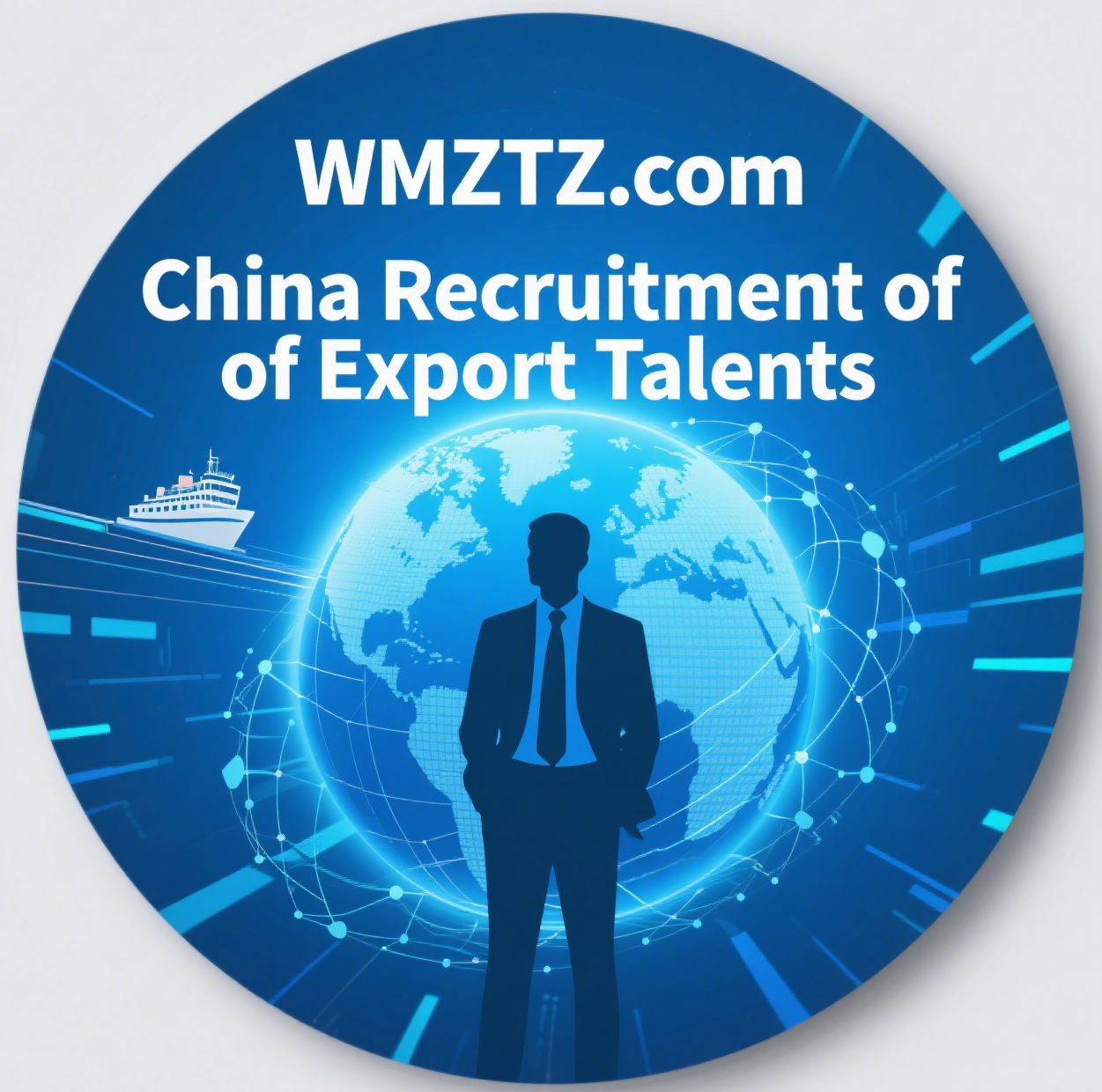How are Chinese antiques and collectibles authenticated and valued? Can I legally purchase and export them?
amandae430191Begginer
How are Chinese antiques and collectibles authenticated and valued? Can I legally purchase and export them?
Share


1. Authentication Methods
A. Traditional Expertise
B. Scientific Authentication
C. Certified Appraisal
2. Valuation Criteria
A. Rarity & Historical Significance
B. Market Dynamics
C. Condition & Authenticity
3. Legal Framework for Purchase & Export
A. Domestic Acquisition
B. Export Regulations (Effective 2025)
C. Penalties for Non-Compliance
4. Practical Guidance
A. For Buyers
B. For Exporters
C. Professional Support
5. Key Resources
Conclusion